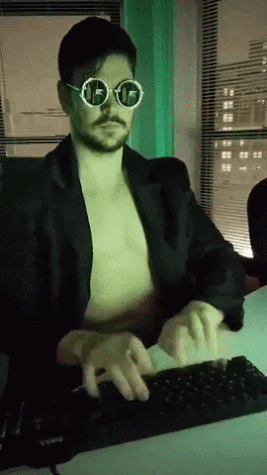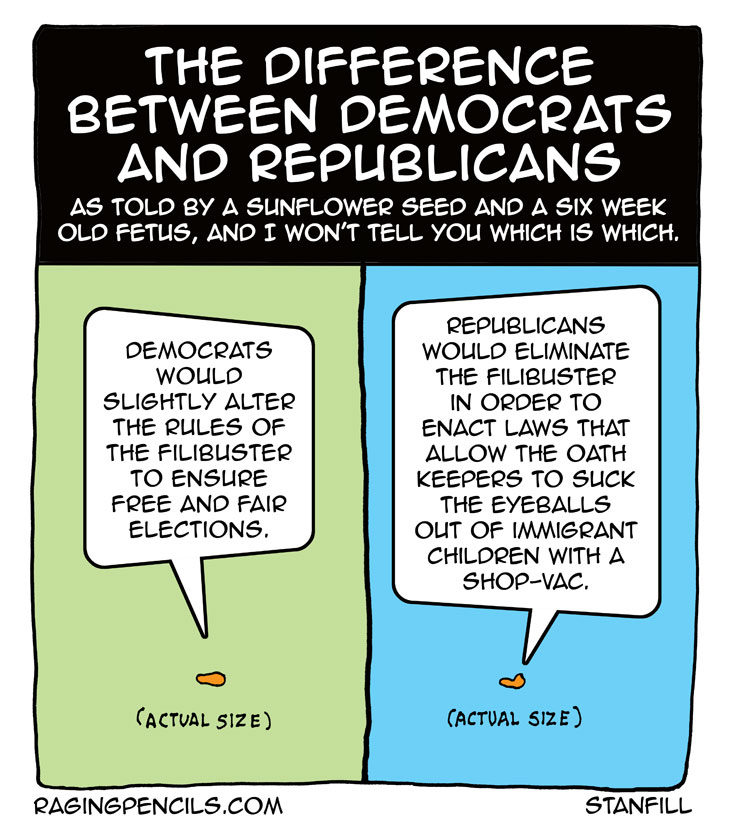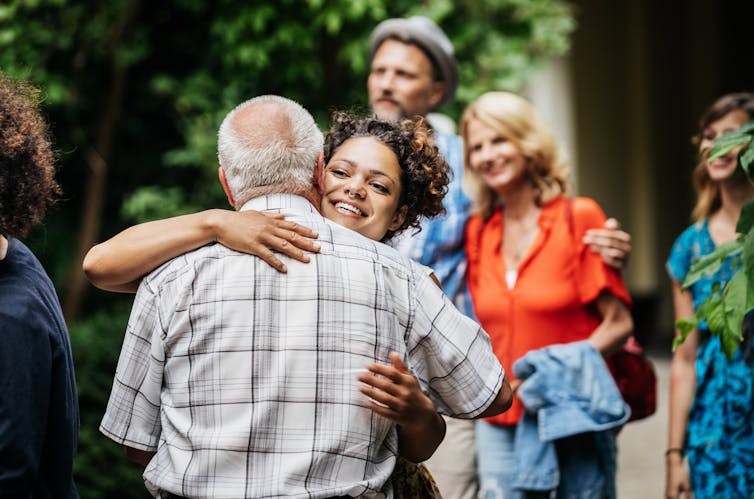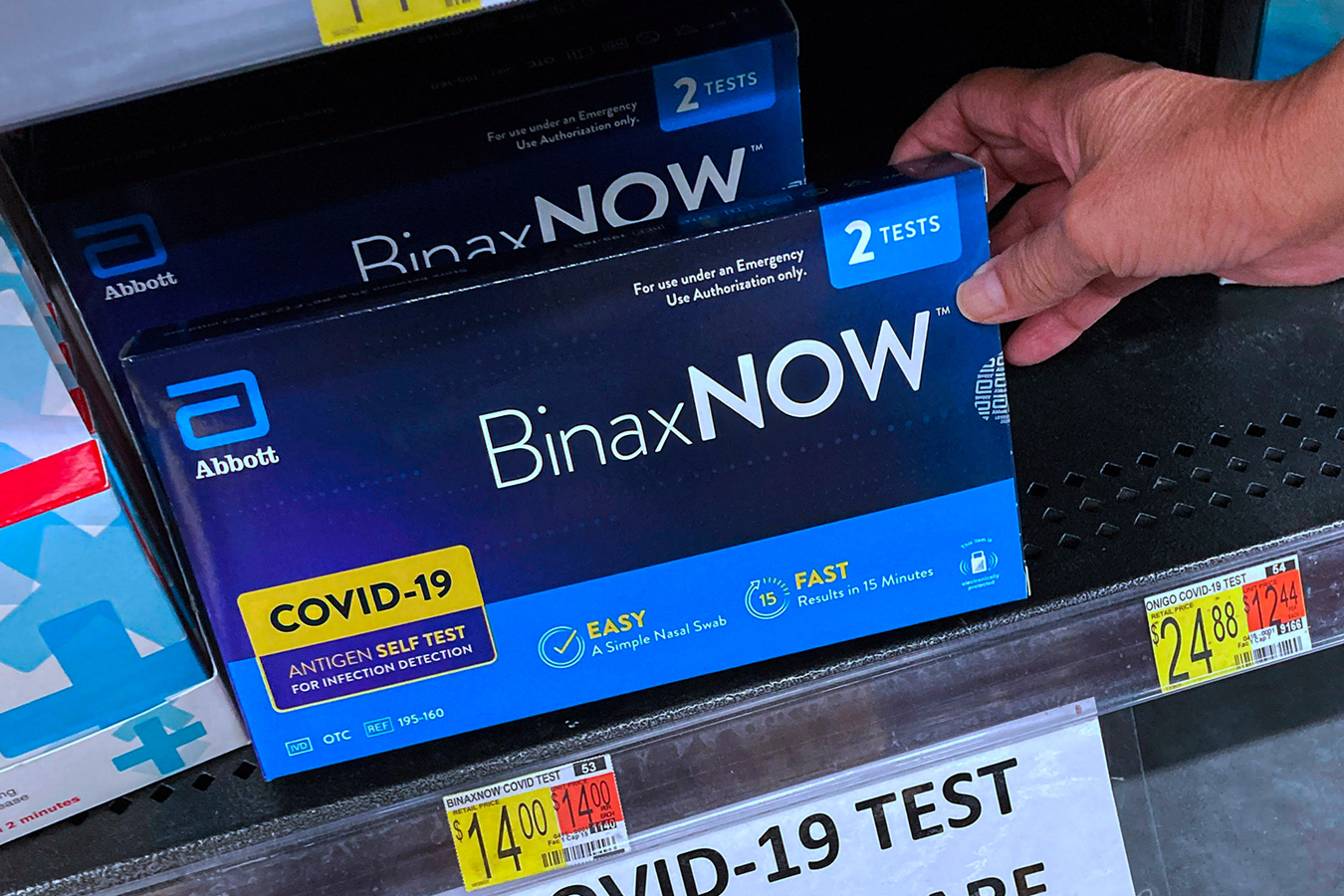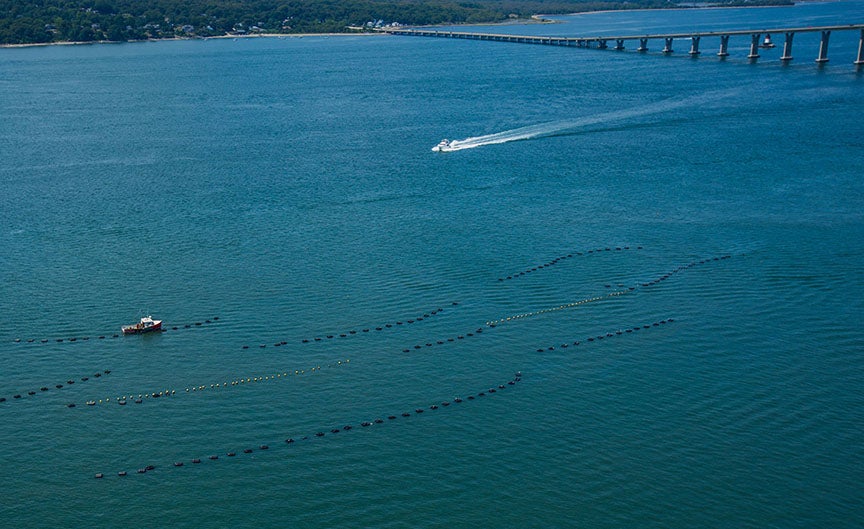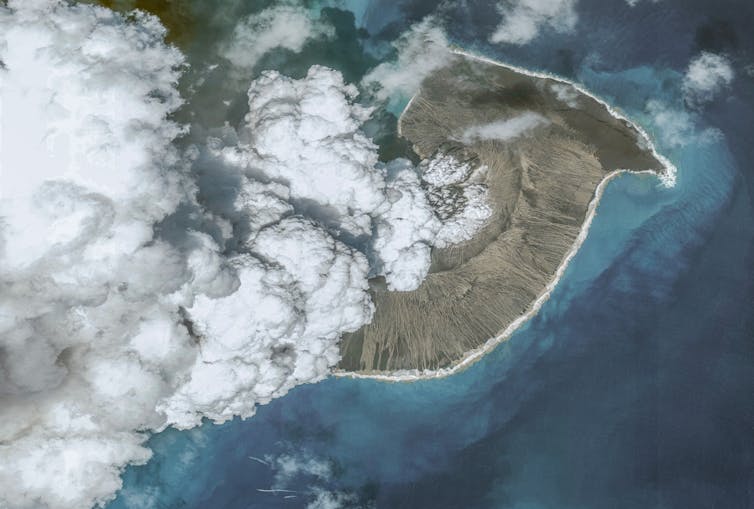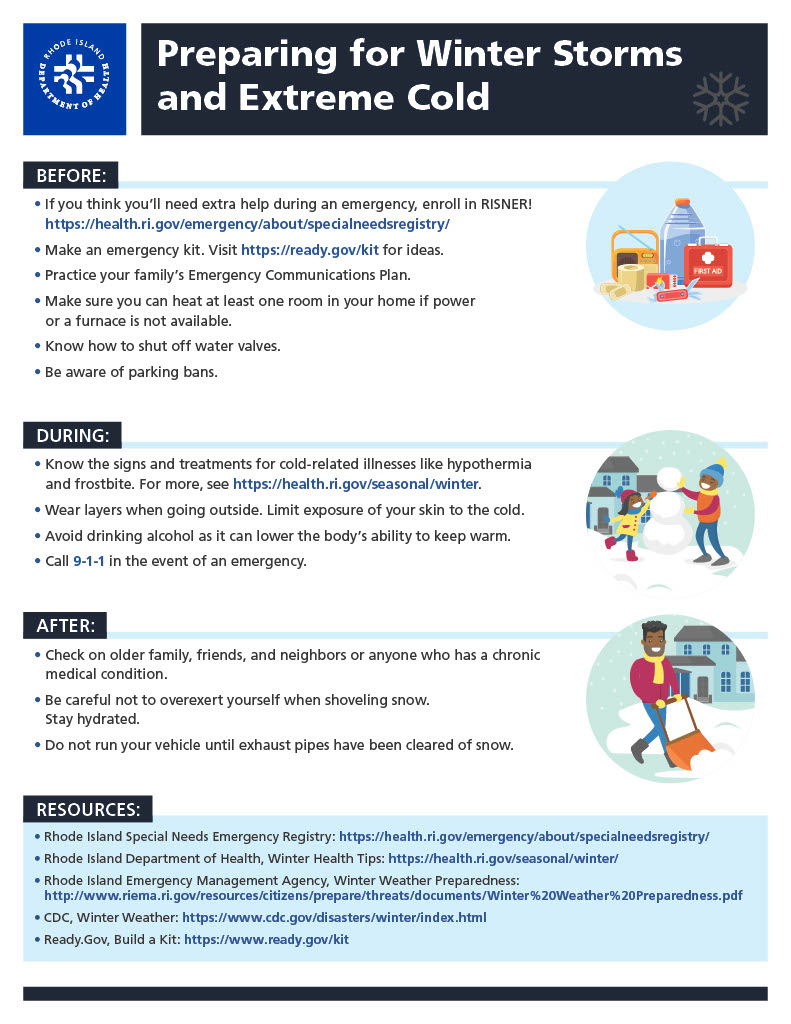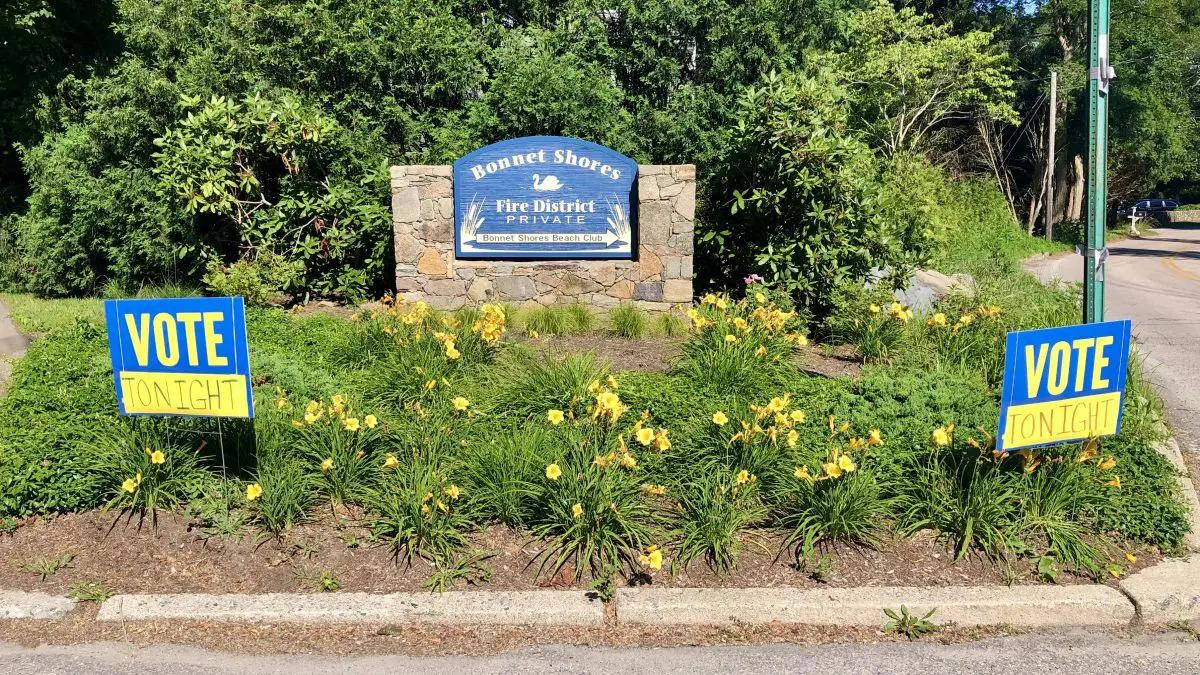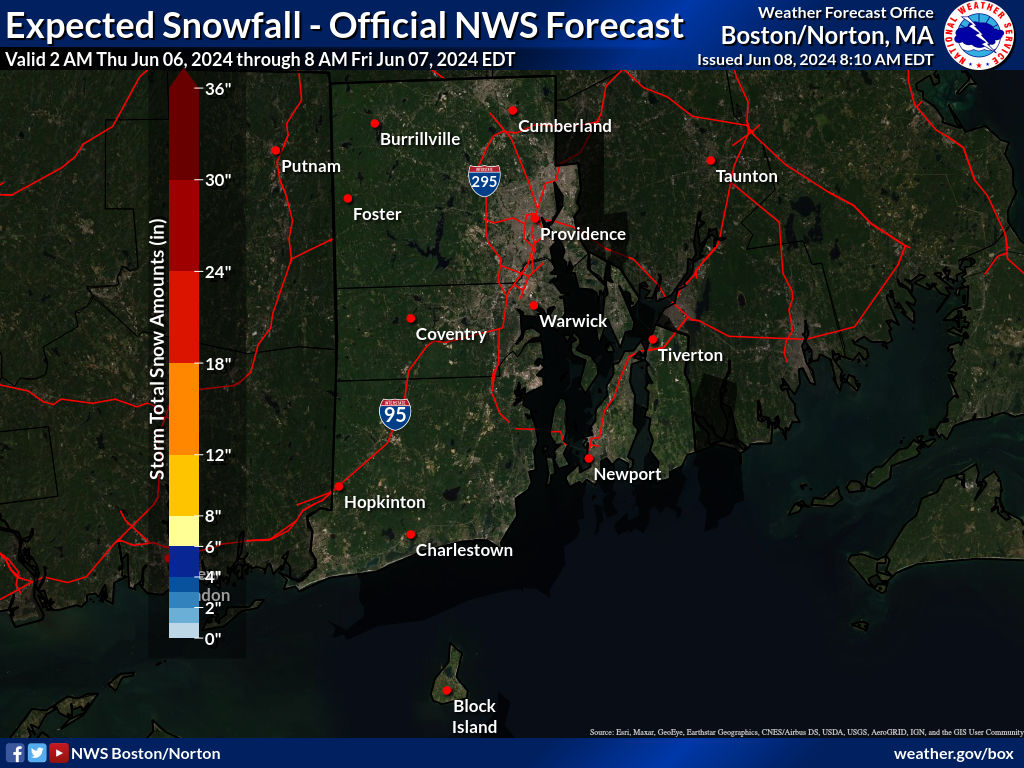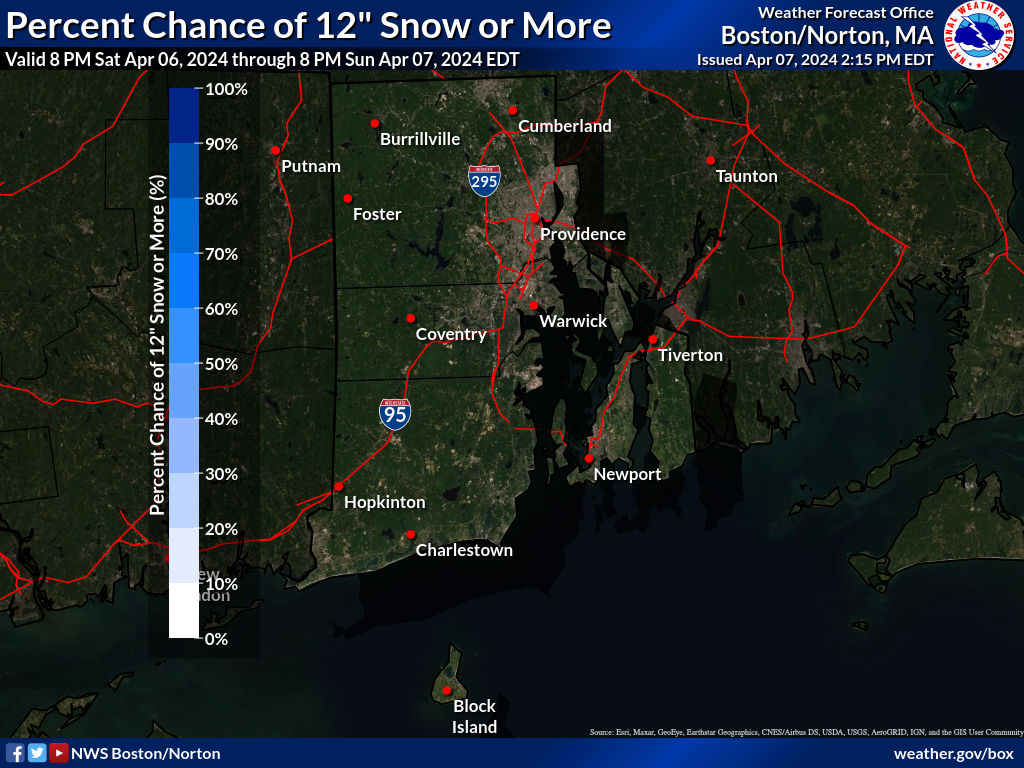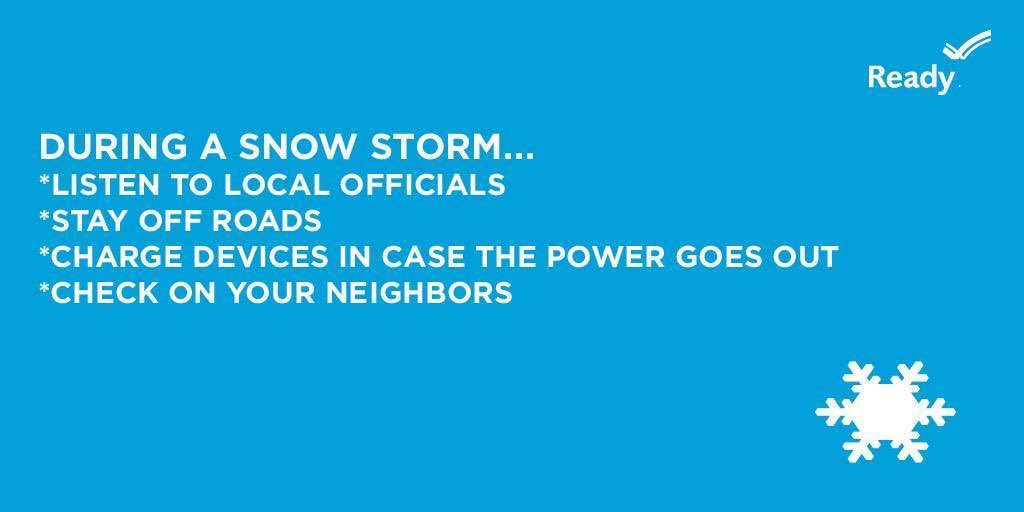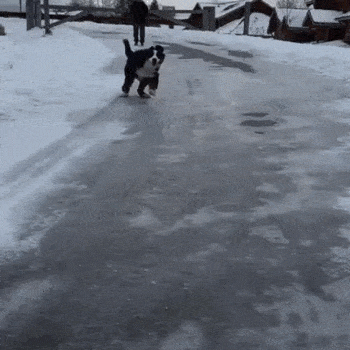As the hours move by, that forecast may change - I plan to update this post at least once before showtime. And again, I include our collection of best tips for snow survival that starts right after the forecast information.
Charge your cell phones and other electronic devices. The high winds and heavy snow are likely to knock out some power in our area.
In
Charlestown, you can count on Kevin Gallup to be working this around the clock
running the Charlestown Emergency Management Agency. Click
here for the CEMA webpage.
There is a listing of emergency contact
information here. If you have special needs, i.e. someone in the household with a chronic
illness, click here.
After
the storm is over, you’re obviously going to want to dig out but please use
common sense and caution to prevent injury or heart attack.
If you’re at risk,
make sure you are carrying your cell phone in case you need to call for help.
Here's more on winter
driving safety, then on safe snow shoveling and then on the town's prohibition
against snowball-throwing.
Winter Driving and Safety Tips
From the RI Department of Transportation
How to prepare for winter driving
Avoid unnecessary travel during winter storms.
Get your vehicle winterized. Have your
anti-freeze, battery, brakes, heater, exhaust system and lights tested. Make
sure your tires are in good condition, and consider replacing them if they are
nearing the end of their treadlife at the start of the winter driving season.
Never travel with less than a half tank of gas. Equip your vehicle with jumper
cables, road flares, a shovel, salt, extra warm clothes, sleeping bag or
blankets, hat, mittens, and boots, a windshield scraper and a towline.
Carry a winter survival kit. Include flashlights,
blankets, hand/foot warmer packets, first aid supplies, high energy candy or
snacks, bright fabric to tie on the antenna for help if stranded, candles to
melt snow for drinking water, pencil, paper and cell phone or change for phone
calls.
Notify others of your travel plans.
Tell someone where you are going and the route. Report a safe arrival.
 |
| Wrong! |
Slow down and stay behind the snowplows.
The road behind the plow will be the safest place to drive. Allow at least five
car lengths between your vehicle and snowplows. Do not pass, especially on the
right where large amounts of snow are kicked up. The plows are wide, and
sometimes a group of trucks will work in tandem to clear snow quickly,
especially on highways.
Be particularly aware of black ice conditions on surfaces such as bridge
decks and entrance and exit ramps.
Turn on headlights and
turn off cruise control settings.
Technology helps, but only to a point. Four-wheel drive, anti-lock brakes and
traction control are beneficial advancements in today's cars, trucks and SUVs,
but they can't take the place of good driving habits and the need to reduce
speed on snowy or icy roads.
Call 511 to
get current information on road conditions.
After the storm, clear all snow and ice from your windows, hood, roof and
trunk of your vehicle. This is especially important for drivers of box trucks,
tractor-trailers and other large vehicles. A sudden release of snow or ice on
the highway can create hazardous driving conditions, cause a crash or damage a
vehicle behind you. Clearing ice and snow from your vehicle is not only a good idea, it's a
law.
What to do if you are stranded in a winter storm
 |
| Jack is now a dull boy |
Stay in your vehicle. Walking away in a
storm is very dangerous. You can lose your way, wander out of reach and/or
become exhausted. Your vehicle is your best shelter.
Keep fresh air in your vehicle. It's
better to be chilly and awake than to be comfortably warm and be overcome with
carbon monoxide fumes. Keep your exhaust pipe free of snow and run your engine
only for short periods of time, leaving a window away from the wind slightly
open.
Keep warm without fuel. Loosen tight
clothing and change positions frequently. Move your arms and legs, massage
fingers and toes; tuck your hands between your legs or under your armpits.
Huddle together with others to share body heat. Elevate your feet to improve
circulation.
Call 911 if you have a cell phone. Describe
your location, the condition of those in the car and what happened. Stay on the
line until you know who you have spoken with and what will happen next.
What RIDOT Highway and Bridge Maintenance does to control snow
and ice
 RIDOT Highway and Bridge Maintenance staff as well as private
contractors will clear many miles of Rhode Island state roadway this winter.
Maintenance supervisors use technology to guide drivers with updates on
weather, pavement and traffic conditions. RIDOT's Roadway Weather Information
Systems (RWIS) provide the Department with pavement temperature information.
This helps determine when icy conditions may be present and aids in the
selection and application of anti-icing and de-icing materials.
RIDOT Highway and Bridge Maintenance staff as well as private
contractors will clear many miles of Rhode Island state roadway this winter.
Maintenance supervisors use technology to guide drivers with updates on
weather, pavement and traffic conditions. RIDOT's Roadway Weather Information
Systems (RWIS) provide the Department with pavement temperature information.
This helps determine when icy conditions may be present and aids in the
selection and application of anti-icing and de-icing materials.
RIDOT Highway and Bridge Maintenance uses three techniques to
inhibit ice formation and improve the roadway surface for plowing. They include:
1.Anti-icing. Anti-icing prevents the formation of
frost and bonding between snow and ice and pavement. Anti-icing chemicals are primarily liquids applied before or early in a
snowfall.
2. Pre-wetting. Pre-wetting adds chemical
solutions to the salt and sand mixture, causing the mixture to stick to the
road instead of blowing off to the shoulder.
3. De-icing. De-icing uses chemical or
mechanical means to separate ice and pavement.
Safe Snow Shoveling Tips
When one shovels snow one thinks of back problems and slipping.
Another urban legend tells of heart attacks. Urban legend warns shoveling snow
causes heart attacks, and the legend seems all too accurate, especially for
male wintery excavators with a family history of premature cardiovascular
disease.
However, until recently this warning was based on anecdotal
reports. Two of the most important cardiology associations in the US include
snow -shoveling on their websites as a high risk physical activity, but all the
citation references indicate that this warning was based one or two incidents.
"We thought that this evidence should not be enough to convince us that
snow-shoveling is potentially dangerous, " says Adrian Baranchuk, a professor in
Queen’s School of Medicine and a cardiologist atKingston
General Hospital.
Dr. Baranchuk and his team retrospectively reviewed KGH patient
records from the two previous winter seasons and discovered that of the 500
patients who came to the hospital with heart problems during this period, 7 per
cent (35 patients) had started experiencing symptoms while shoveling snow.
"That is a huge number," says Dr.
Baranchuk. "7 per cent of anything in medicine is a significant
proportion. Also, if we take into account that we may have missed some patients
who did not mention that they were shoveling snow around the time that the
episode occurred, that number could easily double."
A heart attack results from the interruption of blood supply to
a part of the heart, causing heart cells to die. This is most commonly due to
occlusion (blockage) of a coronary artery following the rupture of a vulnerable
portion of the wall of an artery. The resulting restriction in blood supply and
ensuing oxygen shortage, if left untreated for a sufficient period of time, can
cause damage or death (infarction) of heart muscle tissue.
Classical symptoms of acute myocardial infarction include sudden
chest pain (typically radiating to the left arm or left side of the neck),
shortness of breath, nausea, vomiting, palpitations, sweating, and anxiety
(often described as a sense of impending doom). Women may experience fewer
typical symptoms than men, most commonly shortness of breath, weakness, a
feeling of indigestion, and fatigue.
The team also identified three main factors that put individuals
at a high risk when shoveling snow. The number one factor was gender (31 of the 35 patients were male), the
second was a family
history of premature coronary
artery disease (20 of the 35 patients), and the third was smoking (16 out of 35 patients). The second
two factors may carry much more weight than the first, however, since the team
could not correct for high rate of snow shoveling among men in their sample.
For further information:as a heart attack, results from the
interruption of blood supply to a part of the heart, causing heart cells to
die. This is most commonly due to occlusion (blockage) of a coronary artery
following the rupture of a vulnerable portion of the artery wall.,
. The resulting restriction in blood supply and ensuing oxygen shortage, if
left untreated for a sufficient period of time, can cause damage or death of
heart muscle tissue.
Classical symptoms of acute myocardial infarction include sudden
chest pain (typically radiating to the left arm or left side of the neck),
shortness of breath, palpitations, sweating, and anxiety (often described
as a sense of impending doom). Women may experience fewer typical symptoms
than men, most commonly shortness of breath, weakness, a feeling of
indigestion, and fatigue. Approximately one quarter of all myocardial
infarctions are silent, that is without chest pain or other symptoms.
EDITOR'S NOTE: if you meet some of the high-risk criteria and
go out and shovel, make sure someone knows you're out there. Bring a cell
phone, two-way radio or even a whistle to let people know if you are in
distress. Carry aspirin or the convenient aspirin powder packs where you
can easily reach them.
OBEY THE LAW!
With this storm in the forecast, Charlestown
faces a potential crime wave from persons who may openly flout Charlestown's
long-standing prohibitions pertaining snow balls.
 |
| BUSTED! |
Namely, Chapter 162,
Peace and good order, section 162-1.H., Actions unlawful: "No person acting alone or
in concert with others shall: ... H. Throw any stone, snowball or other missile
object upon or at any person, vehicle, building, tree , sign or other public or
private property."
The penalties for throwing snow balls at at person, tree, vehicle or building
can be severe:
"Any person who shall violate any provision of this chapter shall,
upon conviction thereof, be punished, for each violation, by a fine of not more
than $500 or by imprisonment for not more than 30 days. The continuation of a
violation of any provision of this chapter shall constitute, for each day the
violation is continued, a separate and distinct violation hereunder".
You could be prosecuted in Charlestown's Municipal Court and end up in
one of the jail cells in the basement of the police station - one of
them padded.
